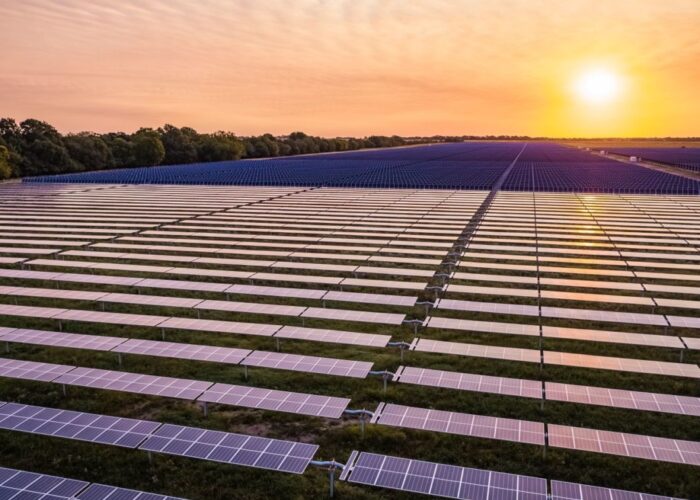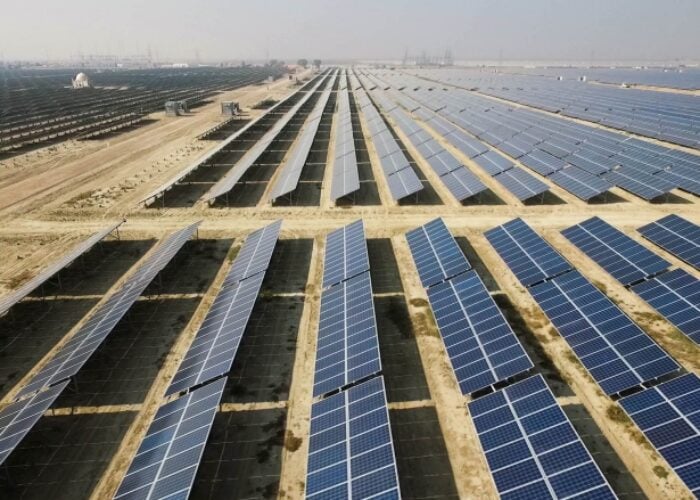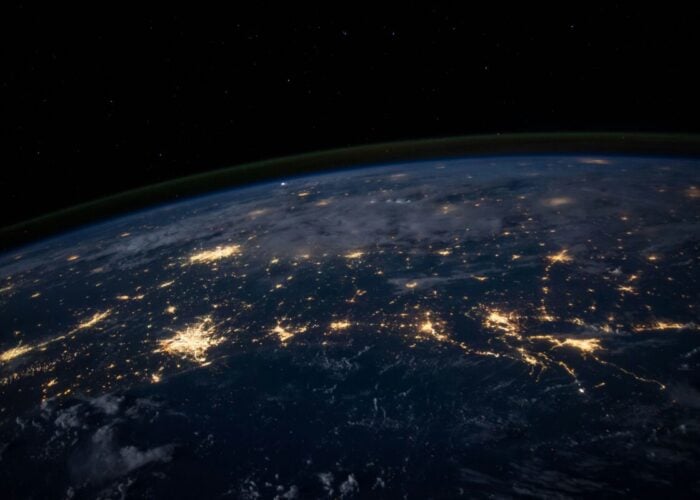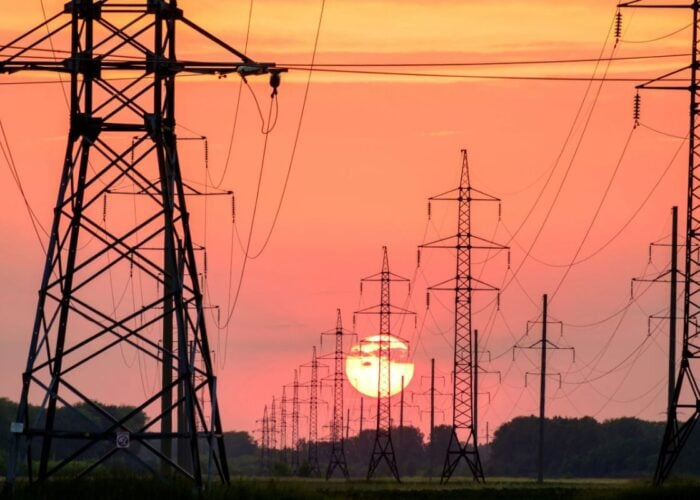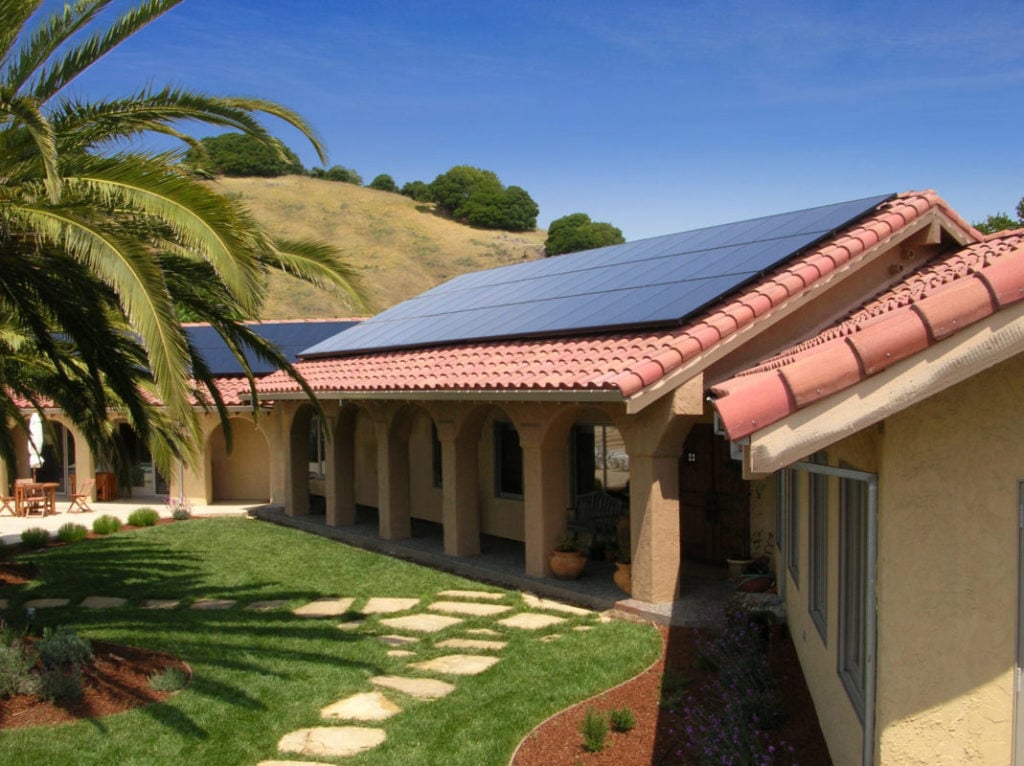
The global solar sector installed over 1,183GW of solar PV capacity as of the end of 2022, of which 65% were added in the last five years, according to the International Energy Agency’s (IEA) Trends in PV Applications 2023.
Last year, the installed global solar capacity reached 235.8GW. The IEA’s Photovoltaic Power Systems Programme countries, which include the US, China, Germany, Australia and several other industry-leading countries, represented 927.5GW of the global installed capacity.
Unlock unlimited access for 12 whole months of distinctive global analysis
Photovoltaics International is now included.
- Regular insight and analysis of the industry’s biggest developments
- In-depth interviews with the industry’s leading figures
- Unlimited digital access to the PV Tech Power journal catalogue
- Unlimited digital access to the Photovoltaics International journal catalogue
- Access to more than 1,000 technical papers
- Discounts on Solar Media’s portfolio of events, in-person and virtual
Other markets that are not part of the IEA Photovoltaic Power Systems Programme represented a total cumulative capacity of 256GW as of the end of 2022. Among these countries, India accounted for one-third of this capacity with 79GWm, while Vietnam was responsible for around 18.5GW.
China continued to be the country with the largest installed capacity, as it doubled the installed volumes in 2021 to add an unprecedented 105.5GWdc in 2022, with evenly balanced contributions from centralised and distributed systems. As of last year, China represented 45% of the global installation as its total installed capacity reached 414GW.
The US was the second-largest solar PV market at the end of last year, with 141.6GW of cumulative installed capacity. However, it installed just 21.1GW of new capacity in 2022 due to the combined influence of placing greater emphasis on new domestic manufacturing investments and grid connection backlogs. Although the utility sector installations in the US decreased from 17GW to 12.5GW in 2022, the residential market increased over 2021 installation levels.
India ranked third with 18.1GW installed, up from the previous year’s 13GW, for a total cumulative capacity of 79.1GW. Brazil installed 9.9GW of solar capacity last year, increasing its total solar capacity to 23.6GW. Spain added 8.5GW in 2022, bringing its cumulative capacity to 29.9GW.
The study also examined Europe as a whole. Apart from Spain, Germany (7.2GW), Poland (4.9 GW), and the Netherlands (3.9GW) were the key markets in Europe.
Centralised and distributed solar PV capacity
The study also examined centralised solar and distributed solar PV capacity. Last year, China installed 54.44GW of centralised solar PV capacity, followed by India (13.95GW), the US (12.5GW), Spain (5.45GW) and Japan (3.76GW).
Cumulatively, China’s installed centralised solar PV capacity reached 254.38GW. The US ranked second but installed a much lower total capacity of 89.83GW, followed by India (66.85GW), Japan (33.88GW) and Spain (23.68GW).
China’s dominance also extended to distributed solar. Last year, it added 51.11GW of distributed solar PV, leading to its cumulative distributed PV installed capacity to 159.33GW, as of the end of last year. The US, ranked second again, only adding 8.63GW, followed by Brazil (7.33GW), Germany (4.27GW) and India (4.19GW).
Elsewhere, Germany (53.56GW) was the second-largest market behind China in terms of cumulative distributed PV installations in 2022, and was followed by the US (51.63GW), Japan (51.01GW) and Australia (19.59GW).

